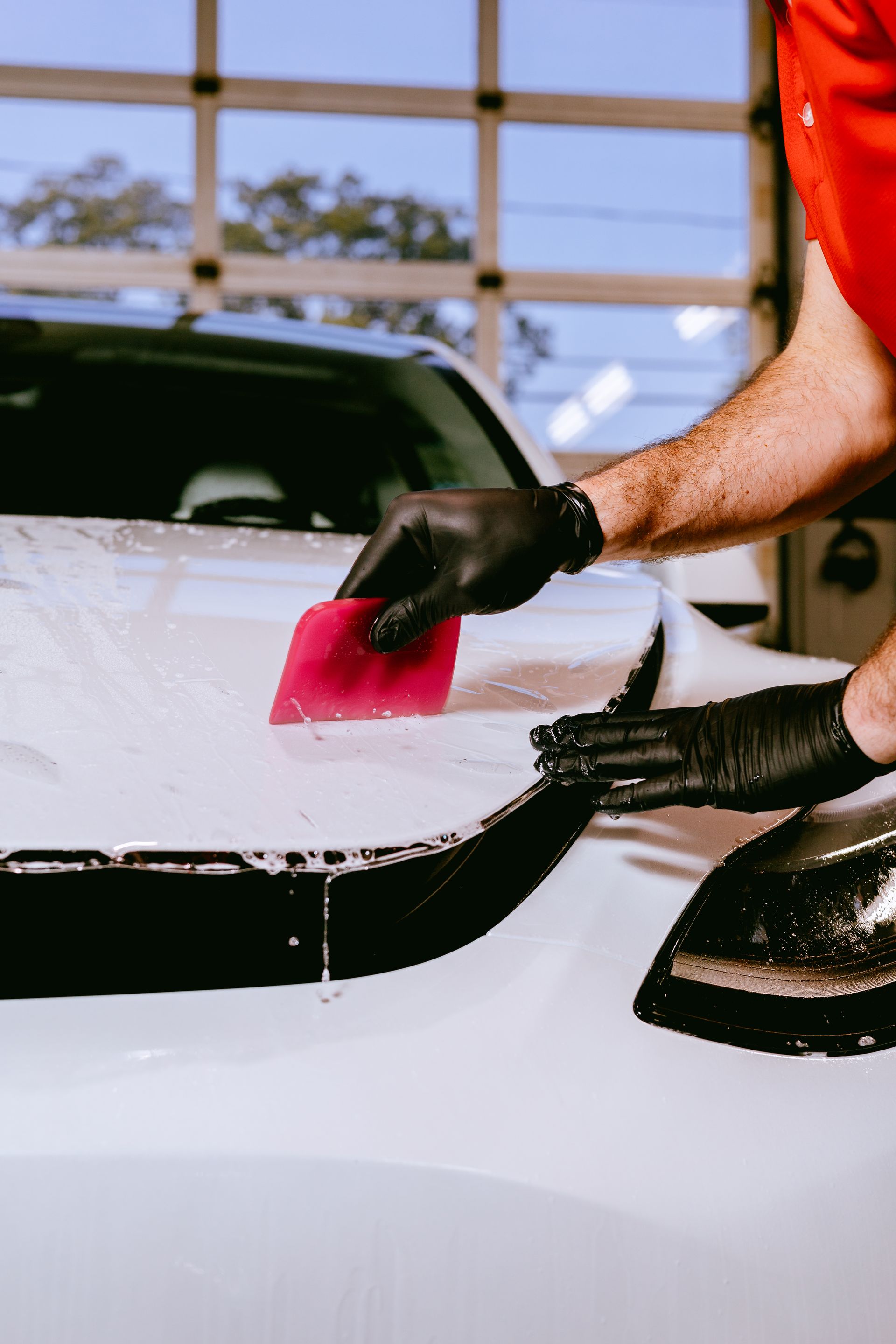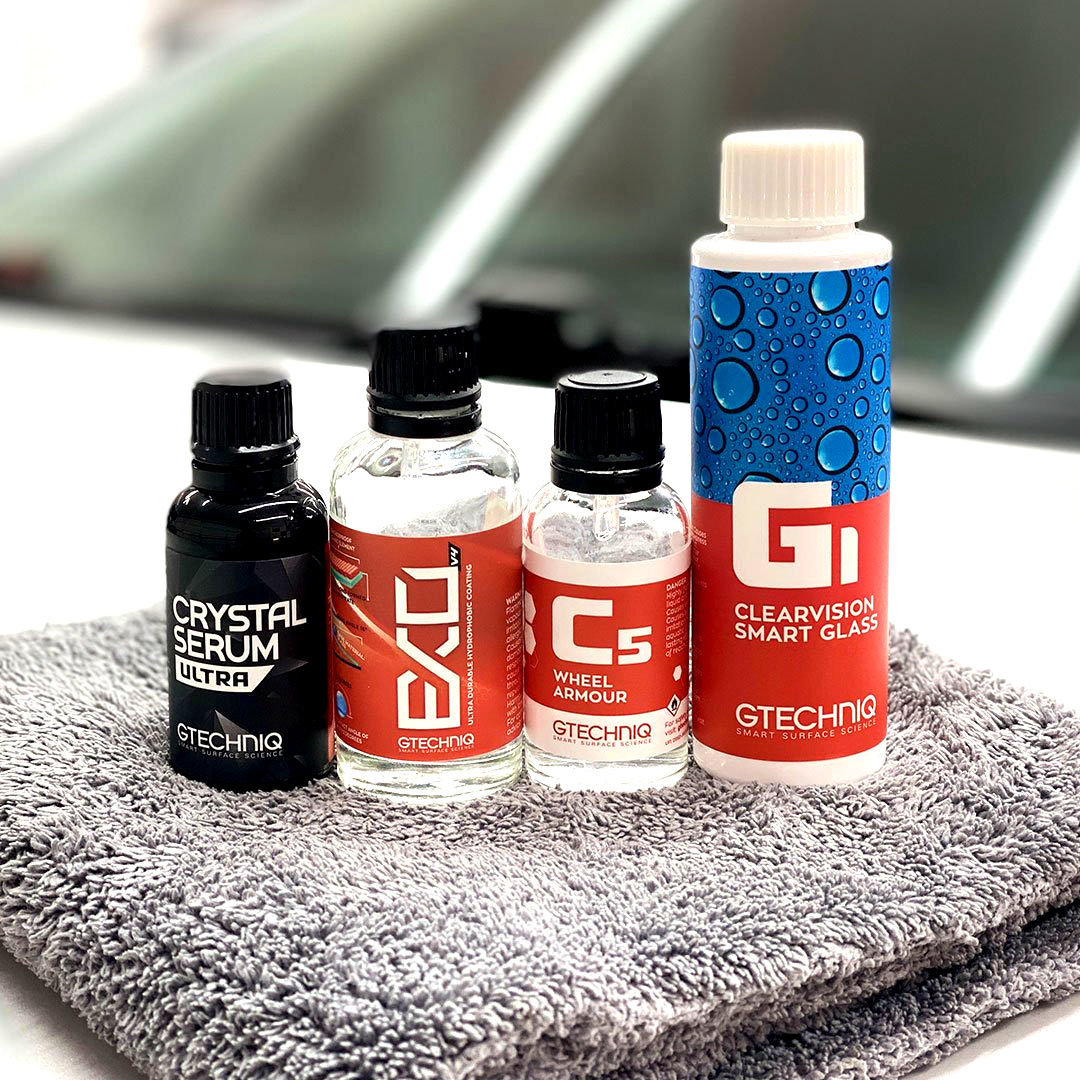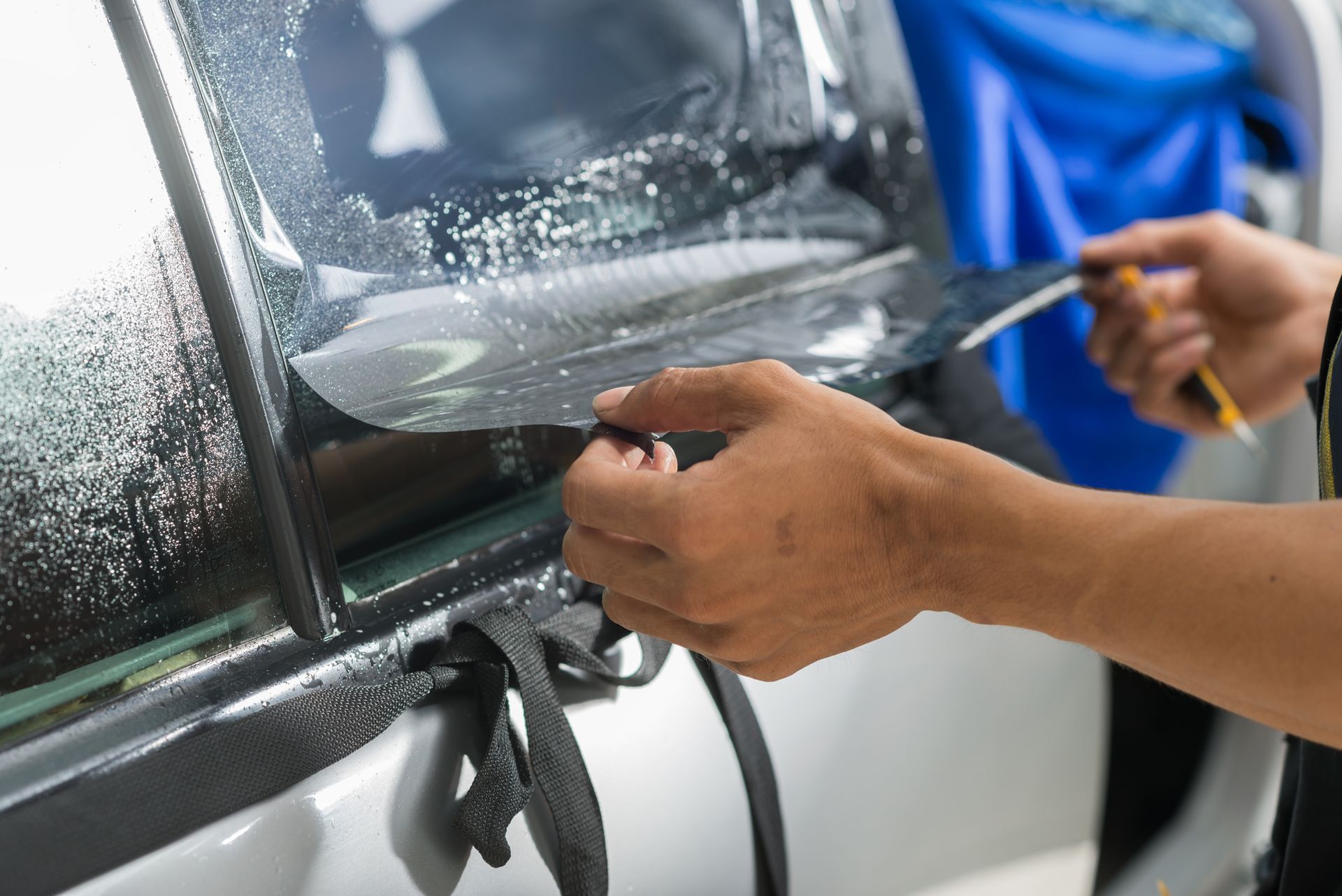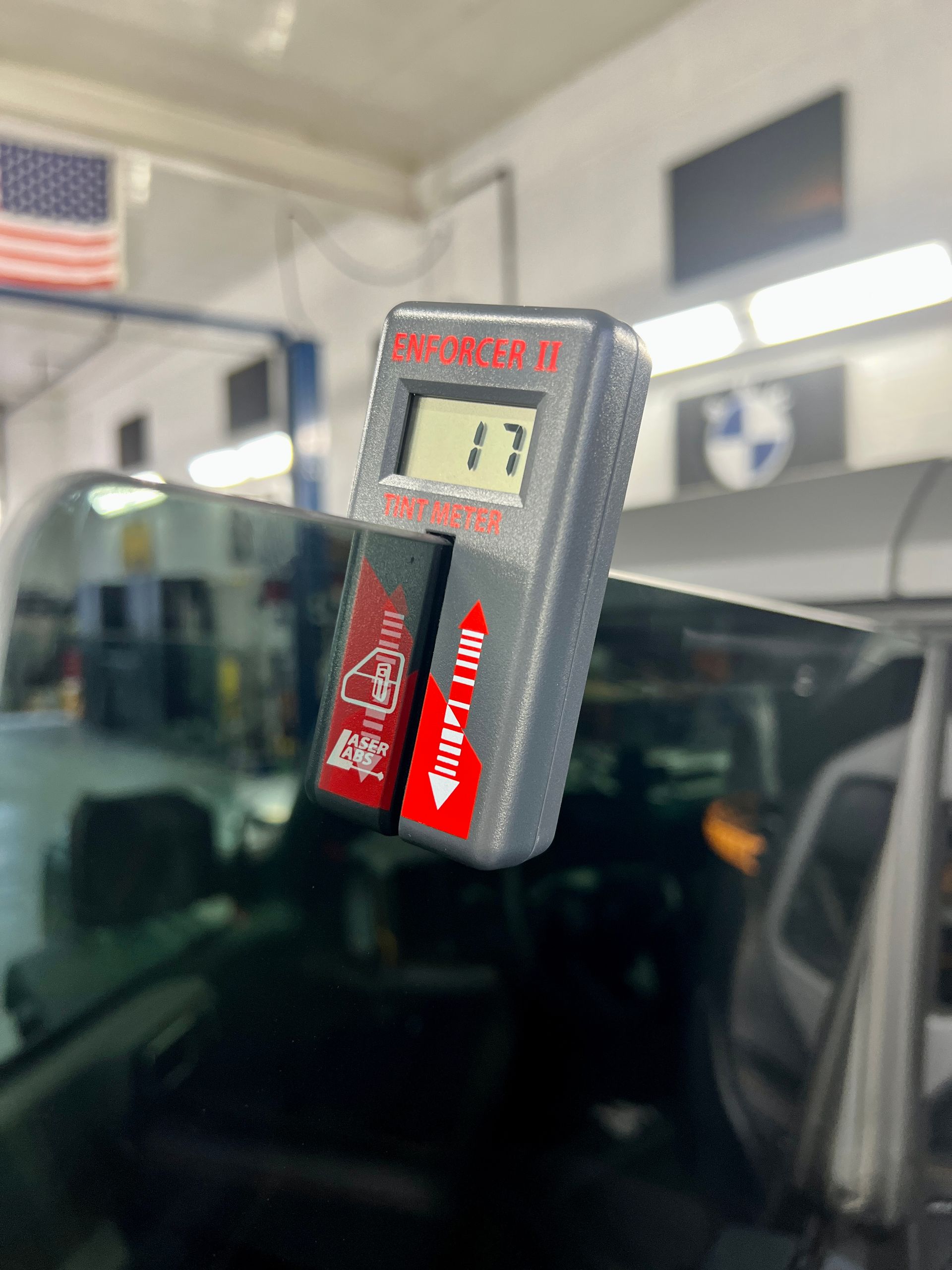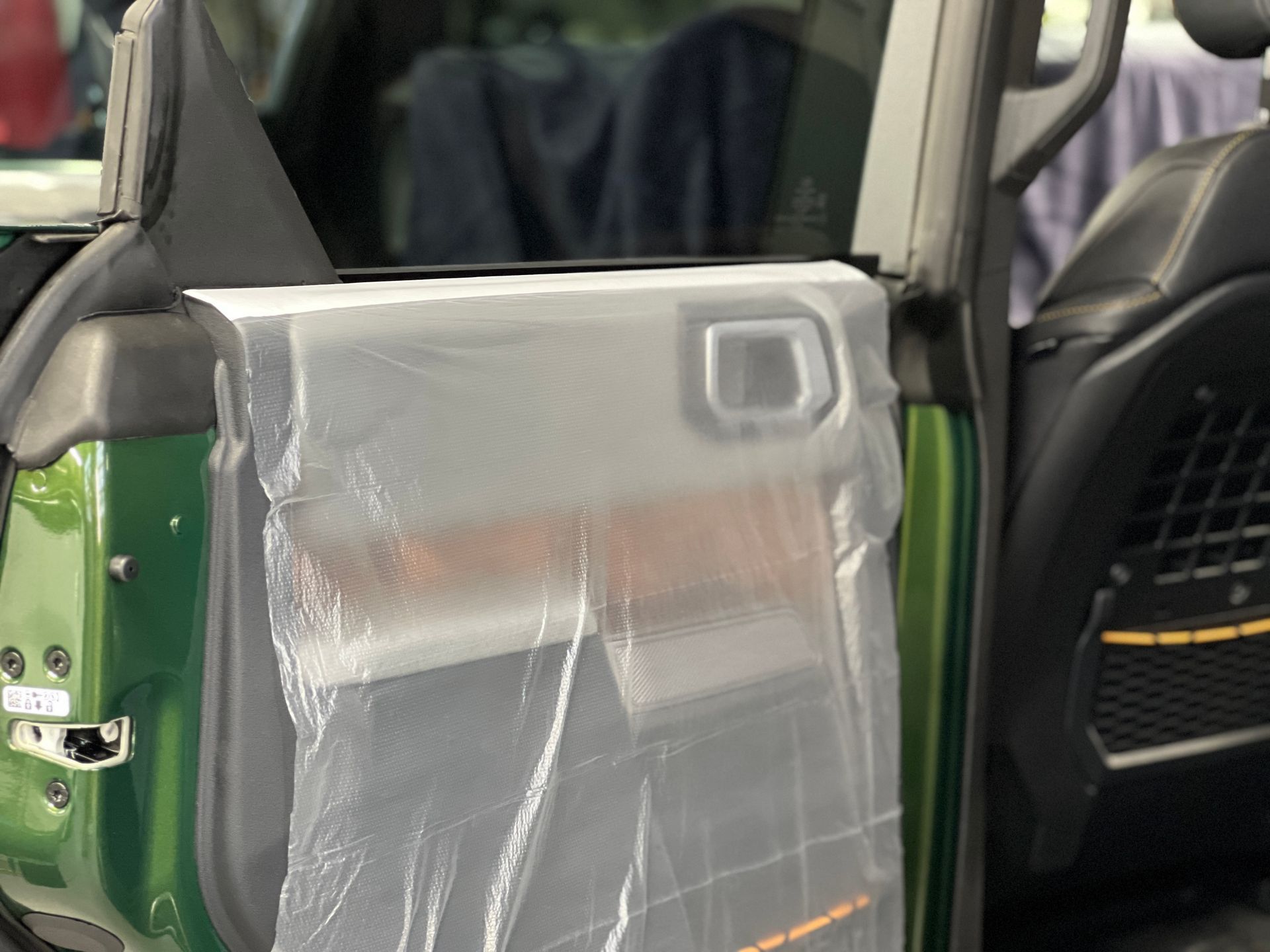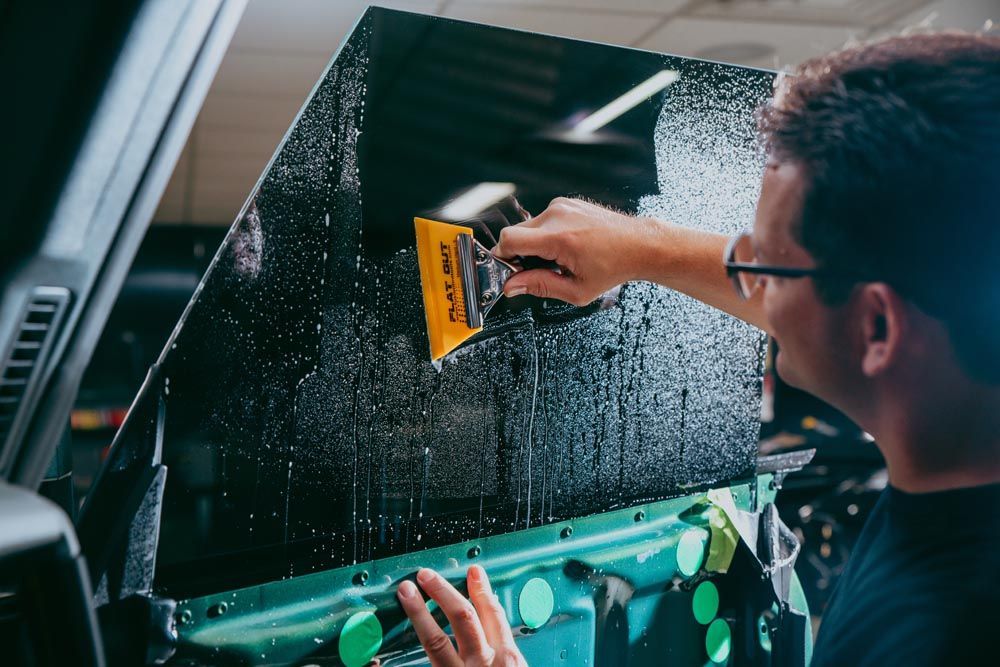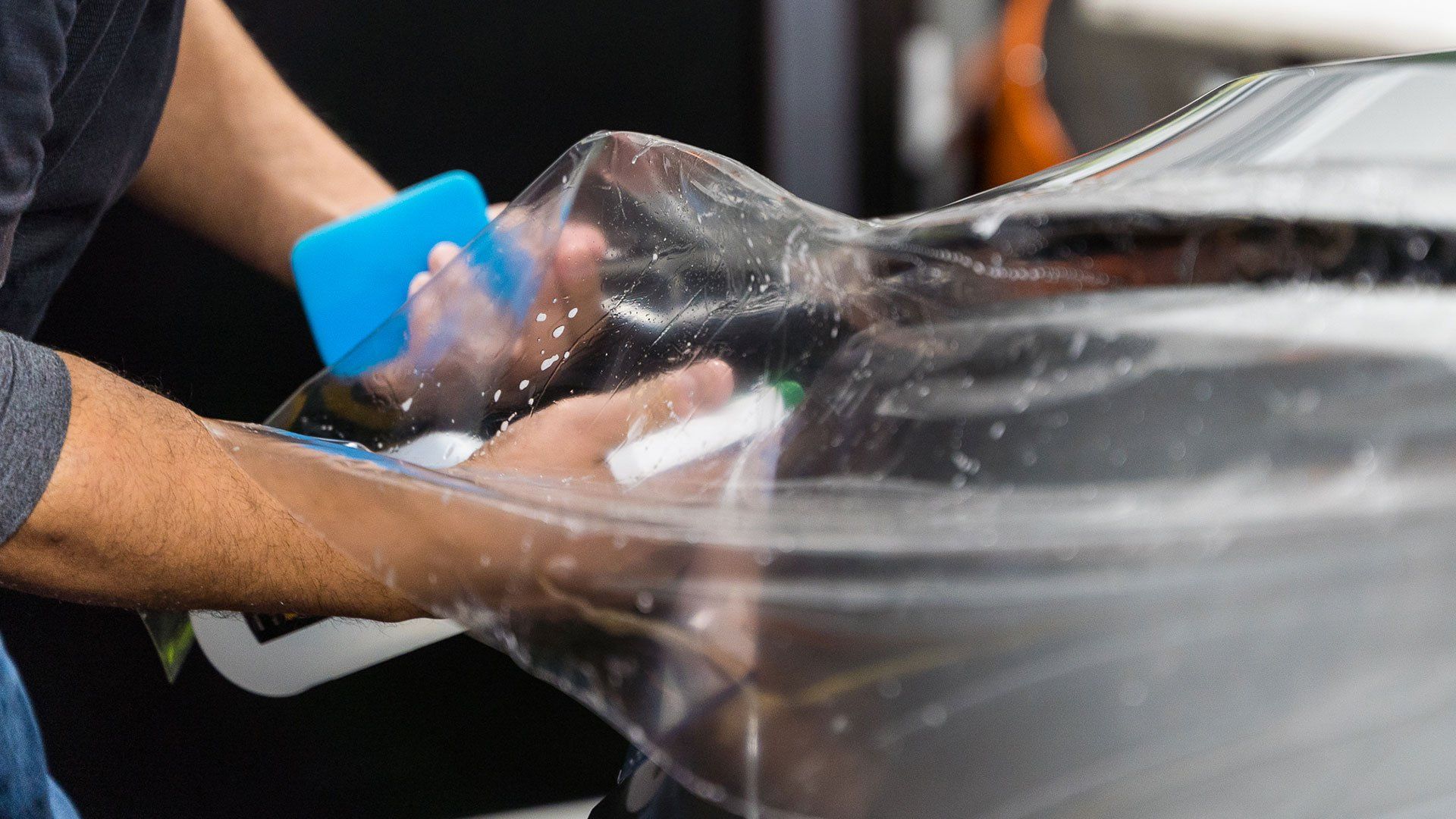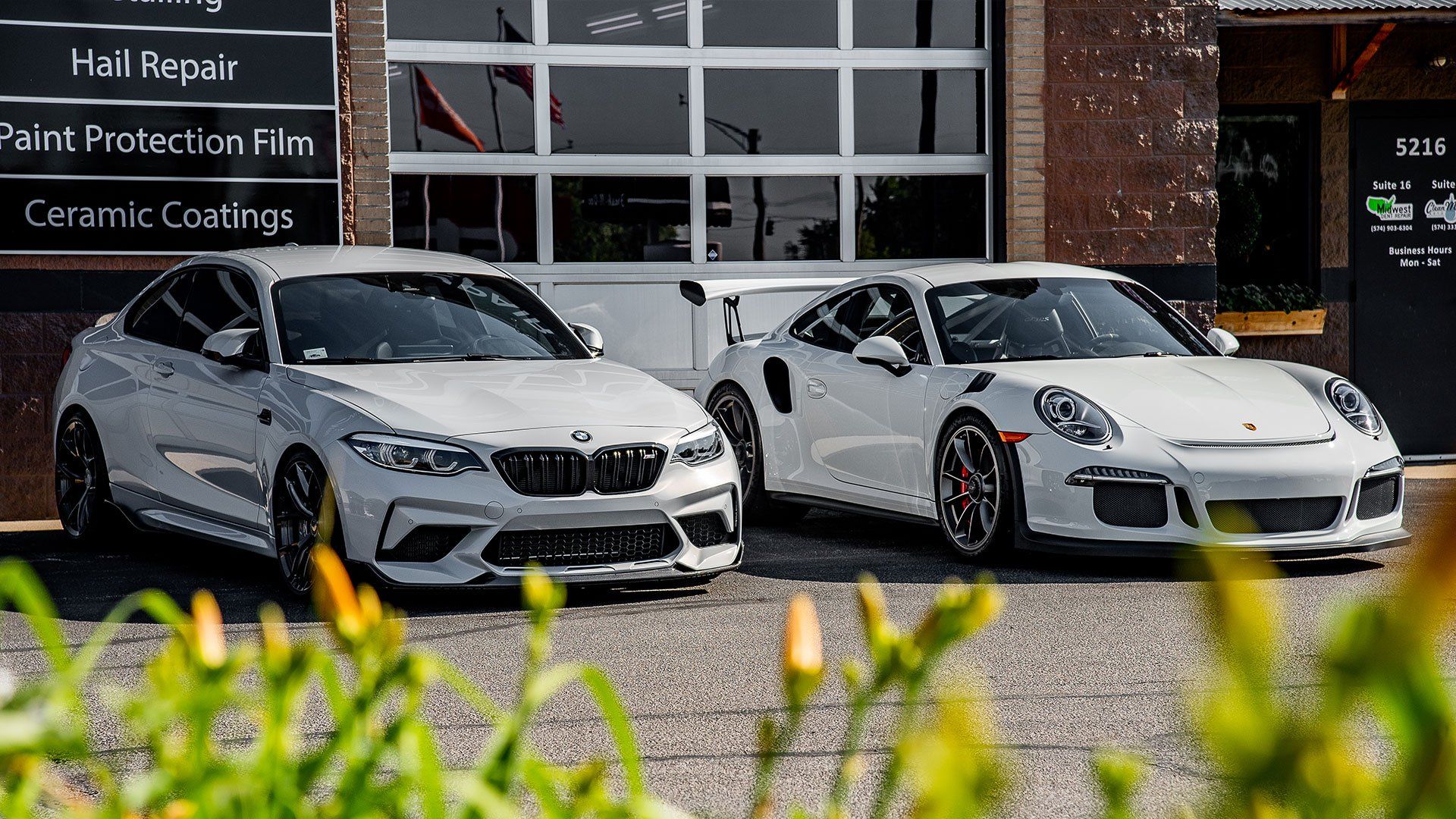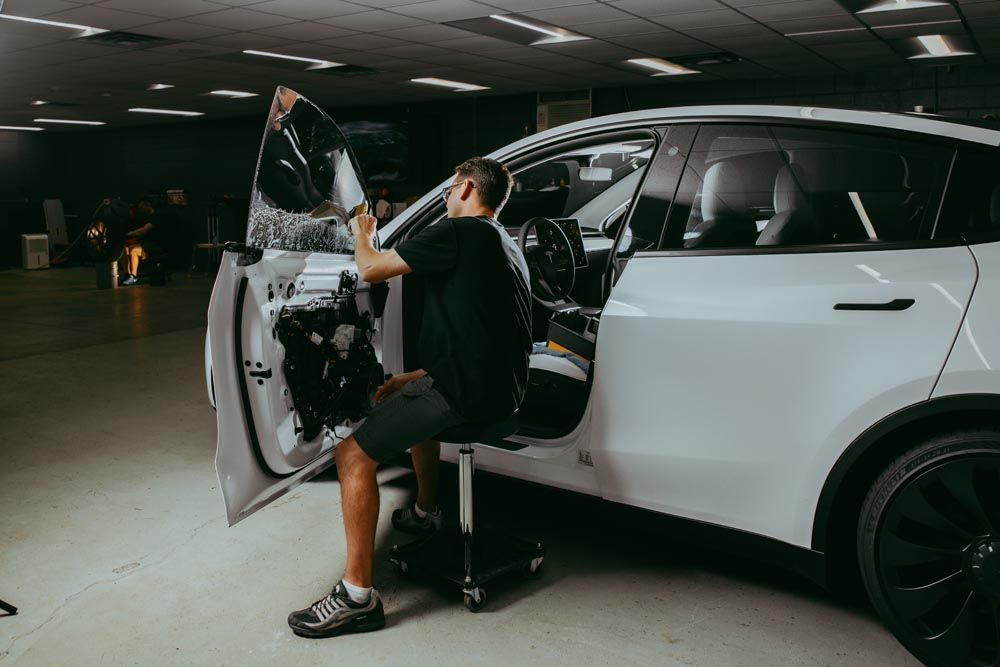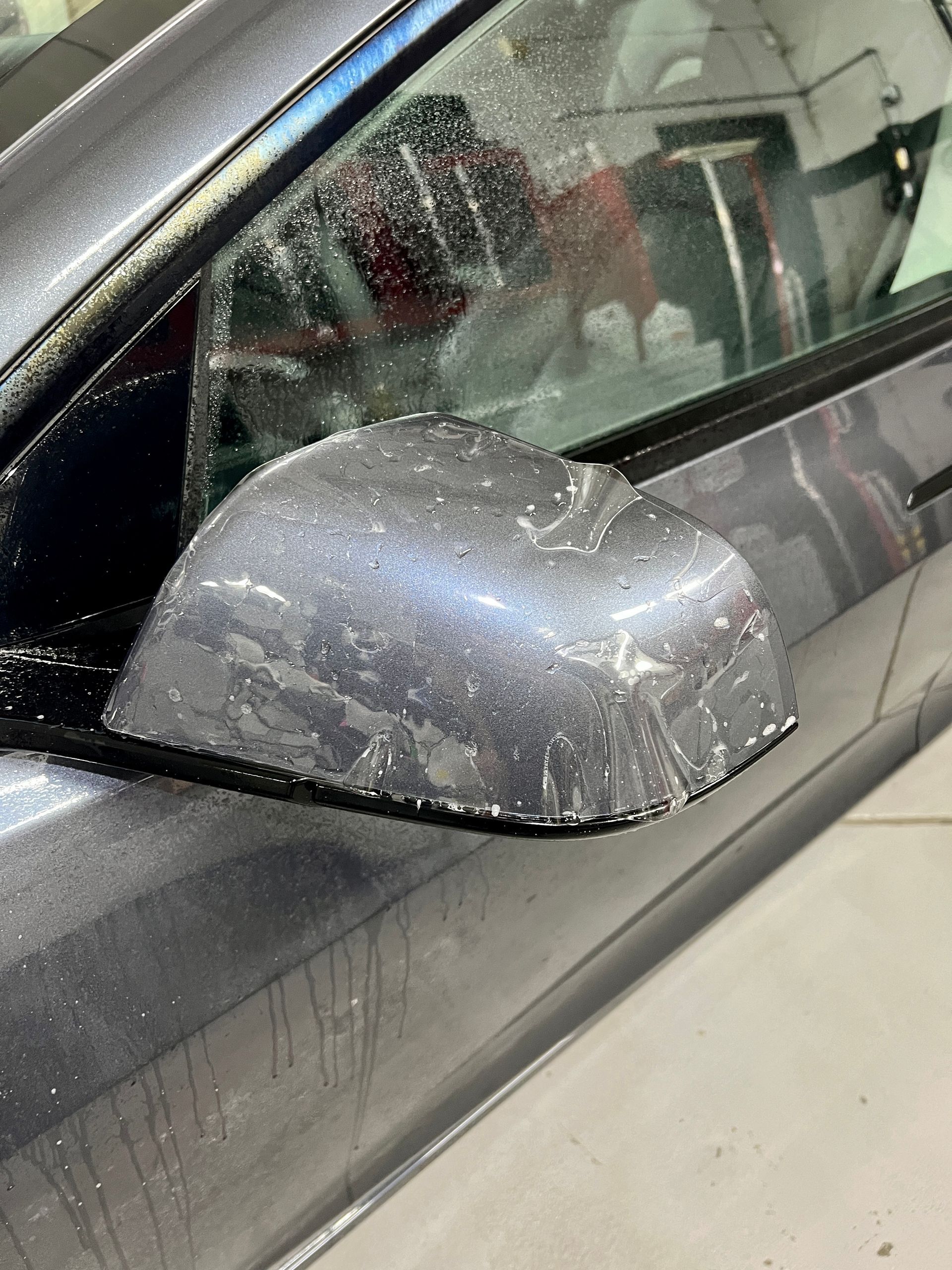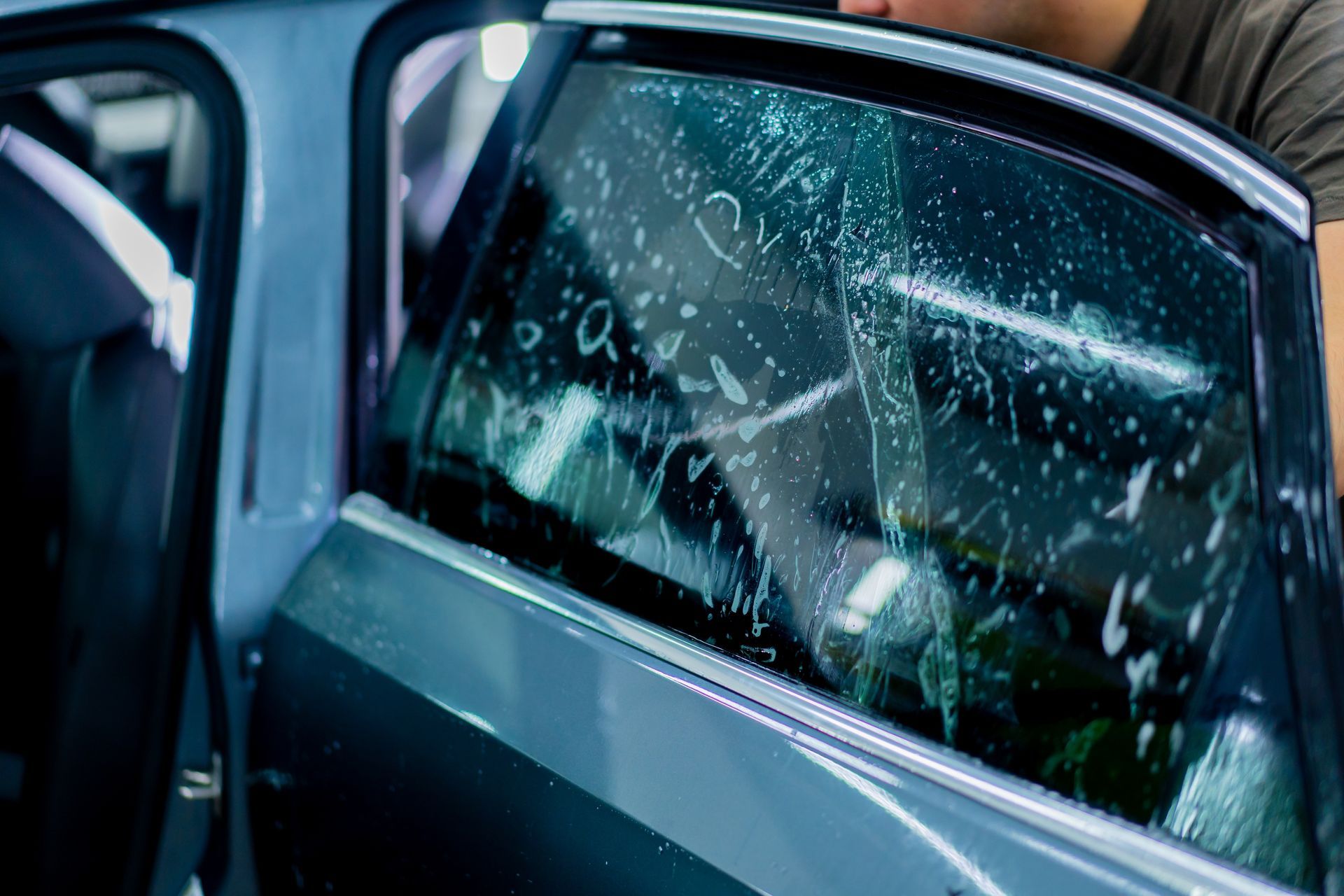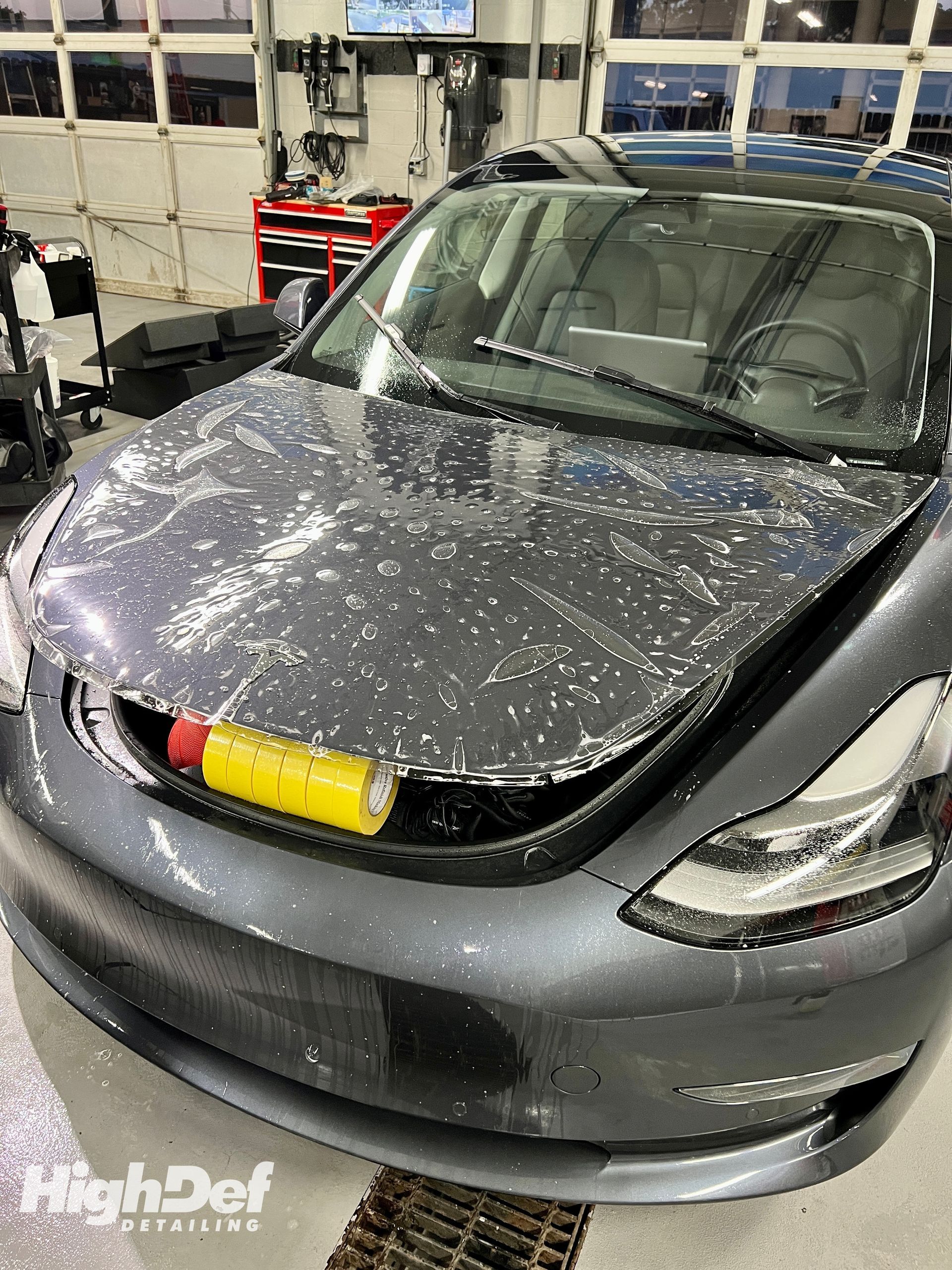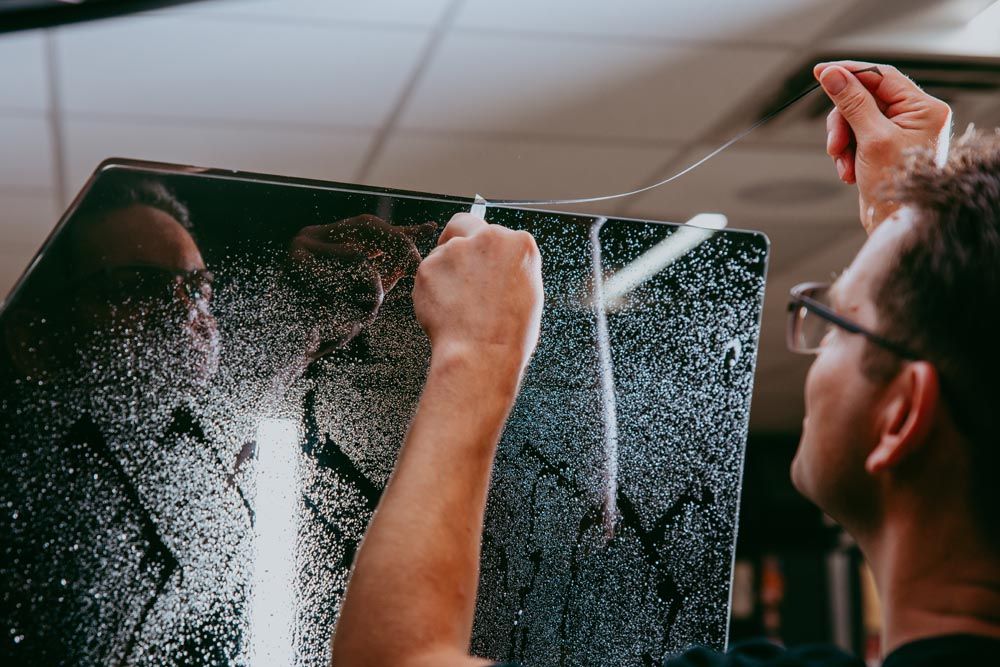Auto Tinting: How It Prevents Leather and Upholstery Fading for Your Vehicle
When you think about taking care of your car, the engine or tires might be the first things that come to mind. But what about the interior? If you've ever stepped into a scorching hot car, you know just how uncomfortable it can be—and that discomfort goes beyond just feeling warm. One of the biggest culprits causing damage to your vehicle's leather and upholstery is that relentless sunlight pouring through the windows. The truth is, harmful UV rays can fade and degrade your car's interior faster than you think, leading to costly repairs down the road. Luckily, there's a simple solution: auto tinting. It enhances comfort and plays a crucial role in preserving your vehicle's interior for the long haul.
The Threat of Sunlight and UV Radiation
The sun, a source of warmth and light, also harbors hidden dangers, particularly in the form of UV radiation. While it may seem unrealistic to equate sunlight with structural damage, this seemingly innocuous light can deeply affect your vehicle's appearance and longevity. The majority of fading and degradation in vehicle interiors arises from prolonged UV exposure. When these rays penetrate the windows, they target materials like leather and upholstery fabrics, instigating an inevitable breakdown that many car owners overlook.
UV rays weaken the very fibers that make up your car seats and interior surfaces. Leather loses its supple feel and turns brittle as UV radiation breaks down chemical bonds in the material. It doesn't just change the look of your seats—over time, it compromises their integrity. Fabrics can fade significantly within just one year of exposure to direct sunlight, gradually turning vibrant materials into dull shadows of their former selves. Additionally, leather can lose much of its tensile strength after extended exposure, leading to cracks and tears that will require costly repairs.
The internal temperature during hot days also exacerbates these issues. A vehicle left in the sun on a warm day can reach temperatures significantly higher than the outside air within just an hour. This excessive heat causes significant expansions and contractions in materials, contributing further to wear and discomfort when you get inside. Not only can this heat lead to unpleasant driving conditions due to increased reliance on air conditioning, but it also accelerates the damaging effects caused by UV rays.
Effects on Leather and Fabrics
Leather seats and fabric upholstery face significant degradation from prolonged exposure to UV rays. As sunlight streams in through the windows, it triggers a chain reaction detrimental to your vehicle's interior. For leather, one of its biggest vulnerabilities is its natural oils—these essential substances evaporate when subjected to intense sunlight, leaving the material dry and prone to cracking. The same sun that warms your skin is also drawing moisture out of your leather seats, causing them to lose their flexibility and strength over time. Older cars often display cracked and faded seats as a direct result of UV damage. Such wear not only affects appearance but can also make the leather less comfortable and more susceptible to developing larger cracks if left untreated.
Fabric upholstery undergoes harsh transformations due to relentless sunlight as well. The fibers weaken under UV bombardment, leading to fading colors that can turn vibrant interiors into dull shades of their former selves. Fabric can lose a significant portion of its tensile strength due to prolonged exposure, which means that every sunny day could potentially compromise the integrity of your seat covers. Over time, these changes may necessitate costly repairs or even complete replacements. Not tending to UV effects isn't just about an aesthetic dilemma; it can lead to functional issues down the road. Ignoring fading colors and cracked leather or fabric transforms what starts as a visual concern into significant discomfort and financial burden. Repairs for severe UV damage can add up quickly, making preventive measures much more economical in the long run. High-quality window tinting is one effective way to ensure your vehicle remains a comfortable space while actively working to extend the life of its interior components.
The Auto Tinting Process Explained
The auto tinting process is an art as much as it is a science, designed to create a protective barrier for your vehicle's windows that blocks out harmful UV rays. At its core, the process begins with preparation, which involves meticulously cleaning the car windows. This step is vital; if there's any dust, dirt, or residue left on the glass, it can hinder how well the tint film adheres. A glass cleaner that leaves no streaks behind ensures that the tint achieves maximum clarity and adhesion once applied. After thoroughly cleaning the surfaces, the film is cut. This isn't just about grabbing a pair of scissors; precision is key. Professionals typically use tools like plotters that digitally cut the film to match the exact size and shape of each window in your vehicle. Measuring carefully before cutting is essential, as trimming it too short means starting over with a new piece.
During the application stage, the film is placed onto the clean interior surface of each window. This step demands care and attention to work methodically to smooth out any air bubbles and ensure full contact with the glass. Using a squeegee helps push out excess air and water trapped underneath. Being patient during this step is essential, as rushing can lead to imperfections that diminish both aesthetics and performance. Finally, there's the curing phase. After applying the film, it usually requires about 24 to 48 hours to cure completely. During this time, it's important to avoid rolling down any windows since disrupting the tint prematurely could cause it to peel or bubble up later.
Types of Window Tints
When exploring window tints, each type comes with its unique properties, which means some are better suited for specific needs than others.
- Dyed Window Tint: It is often considered an entry-level option, boasting affordability while adding a sleek look to your vehicle. It uses layers of dye to absorb heat, effectively reducing the interior temperature. However, while it initially provides a stylish appearance, dyed film may start fading over time, transitioning from a rich hue to a dull tone. Opting for dual-layer dyed options can provide improved durability and UV stability, extending the lifespan of your investment.
- Metalized Window Tint: It combines aesthetics with performance. This type embeds tiny metallic particles within the film, which reflects heat and UV rays effectively. The key benefit is its durability; metalized films generally hold up better against wear and tear compared to dyed films. While they offer significant heat reduction—making those sweltering summer day drives much more comfortable—they come with a downside: potential interference with electronic signals.
- Ceramic Window Tint: They stand out as the premium choice. Utilizing ceramic particles instead of dyes or metals, these films excel at blocking harmful UV rays while keeping internal temperatures down significantly. Though this investment can feel steep upfront, consider how much you're saving on interior upkeep in the long run—protecting not just upholstery but also achieving outstanding comfort inside your cabin every time you drive.
Benefits of Tinting for Interior Protection
One of the most compelling reasons to tint your vehicle's windows lies in the incredible protection it offers against harmful UV rays. Quality window tints can filter out the vast majority of these rays, effectively safeguarding the leather and upholstery inside your car. Prolonged exposure to ultraviolet rays can lead to significant fading and deterioration of interior materials. Investing in window tinting isn't merely a cosmetic choice; it's a proactive measure aimed at prolonging the life of your interior materials.
Another significant benefit of window tinting is heat reduction. Tinted windows can reduce heat buildup in your vehicle substantially, which not only makes your ride more comfortable but also lessens the strain on your air conditioning system. While non-tinted cars become sweltering hot during summer months, tinted cars maintain a cooler environment. This comfort translates to fewer trips to the mechanic because reduced heat means less wear and tear on various materials in your vehicle, including plastics that may warp or crack under excessive temperatures.
Besides protecting your interior from fading and overheating, another advantage is glare reduction. Glare—that bright, often blinding light reflecting off surfaces—can make driving particularly dangerous, especially during sunrise or sunset. When windows are tinted appropriately, they drastically minimize this glare, enhancing driver visibility and making for a safer driving experience. Tinted windows can significantly reduce glare, allowing you to focus on the road without being distracted by harsh sunlight.
How to Select the Right Tint
The first consideration is legal compliance. Different regions have specific regulations regarding what level of Visible Light Transmission (VLT) is permissible. Before choosing a dark shade that feels perfect, check local laws to avoid any fines or the necessity of removing non-compliant tint later on. This knowledge saves you money and helps ensure you're driving legally. Of equal importance is the UV protection level offered by the tint. Opting for window films that provide a high UV rejection rate is wise because they serve as a formidable first line of defense against harmful rays that can cause your car's interior to fade. Consider how unchecked UV rays can wreak havoc on your leather and upholstery over time, leading to cracking and loss of vibrancy.
Alongside UV protection, consider the tinting material and quality used in window films. Ceramic tints are known for providing exceptional protection without interfering with electronic signals like GPS and mobile devices—a common issue with metallic tints. While ceramic films might come at a higher initial cost, think of them as an investment; they last longer than dyed or standard types of tints, which often start fading or bubbling after just a few years. Investing in quality materials results in long-term savings by avoiding replacement costs down the line.
Cost and Investment Analysis
The initial investment in auto tinting may seem significant at first. Costs vary depending on factors such as film type, installation quality, and vehicle size. Basic dyed films are the most affordable option but often come with a shorter lifespan. By contrast, high-end options like ceramic films cost more upfront yet provide years of superior performance. This means that although you pay more initially, you're securing long-term benefits that enhance comfort and aesthetics. Investing in high-quality tinting does more than simply improve your car's appearance; it can save you money over time by protecting your vehicle's interior. Without tinting, your car's leather seats can crack and fade, dulling their luxurious look over time. Protecting those materials can easily spare you hundreds, if not thousands, of dollars in reupholstering costs due to damage caused by UV rays or temperature fluctuations.
While the initial price for quality auto tinting might give you pause, consider the potential costs associated with neglected interiors. High-quality films not only block harmful UV rays but also reduce heat buildup inside your vehicle, minimizing wear and tear on fabric and leather surfaces. Furthermore, auto tinting impacts fuel efficiency more than many realize. When your vehicle remains cooler through effective heat rejection, you'll rely less on air conditioning during drives. This can translate into fuel savings that contribute positively to the total cost of ownership over time. The longevity and effectiveness of your window film directly correlate to how well you maintain it. Professional installation ensures a clean application without bubbles or misalignment issues that sometimes stem from DIY attempts. Hiring skilled technicians feels like an added expense initially but ultimately preserves your investment by guaranteeing optimal performance of the tint.
Auto tinting isn't merely a cosmetic choice; it's an investment in comfort, safety, and long-term savings. The advantages of high-quality auto tinting extend far beyond appearances—it's a smart financial decision that safeguards both your car's interior and fuel efficiency. By blocking harmful UV rays, reducing heat buildup, and minimizing glare, window tinting helps preserve your vehicle's leather and upholstery while creating a more comfortable driving experience. As you consider this protective measure for your vehicle, remember that the initial investment in quality tinting will pay dividends through preserved interior materials, reduced maintenance costs, and enhanced driving comfort for years to come.
Advanced Window Tinting Solutions for Michigan Roads
Beat the heat and enjoy a more comfortable drive with High-Def Detailing’s
premium window tinting in Southwest Michigan. Our expert team applies top-grade tint films that block UV rays, reduce glare, and help maintain a consistent cabin temperature. Beyond comfort, our tint enhances your vehicle’s sleek appearance and protects your interior from fading. Stay cool, stylish, and protected—schedule your window tint installation with High-Def Detailing today!
